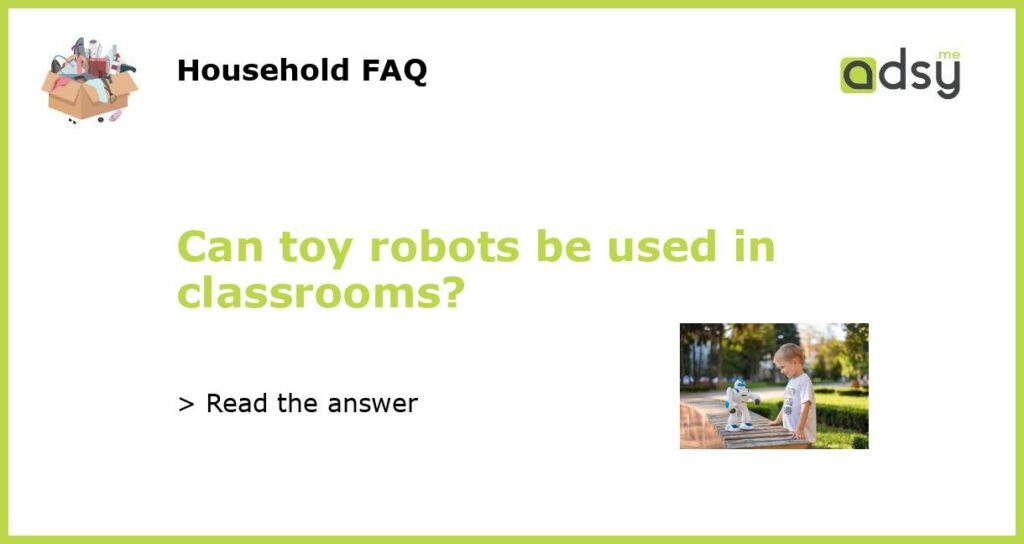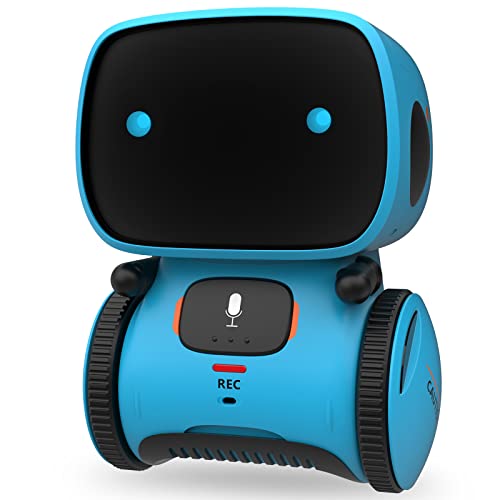Toy Robots in Classrooms: A New Way to Teach and Learn
Robots have become more than just playthings for kids. With advanced technology, toy robots have evolved into powerful educational tools that can engage students in the classroom. They offer a unique way to teach various subjects and develop crucial skills. In this article, we will explore the potential benefits of using toy robots in classrooms.
Enhancing Engagement and Interest
Toy robots can captivate students’ attention and spark their interest in learning. The interactive nature of these robots makes the learning experience more engaging and exciting for students of all ages. Whether it’s programming a robot to navigate a maze or solving puzzles, students become active participants in their own learning process. This hands-on approach helps them understand complex concepts and retain information more effectively.
Promoting Problem-Solving and Critical Thinking Skills
By using toy robots in classrooms, educators can stimulate problem-solving and critical thinking skills among students. Programming a robot to perform specific tasks requires logical reasoning and systematic thinking. It challenges students to break down a problem into smaller steps and find creative solutions. These problem-solving skills are essential not only in subjects like mathematics and science but also in everyday life.
Fostering Collaboration and Communication
Toy robots can encourage collaboration and communication among students. Group projects involving programming and controlling robots require students to work together, share ideas, and effectively communicate their strategies. By collaborating with their peers, students learn the importance of teamwork and develop strong interpersonal skills. These skills are highly valued in the modern workplace, making toy robots a valuable tool for preparing students for future careers.
Cultivating Digital Literacy and Technological Competence
In an increasingly digital world, it is crucial for students to develop digital literacy and technological competence. Toy robots provide a hands-on platform for students to explore and experiment with technology. From coding and programming to understanding the principles of robotics, students gain practical knowledge that can prepare them for the digital future. These skills are transferable and can be applied in various fields beyond robotics.
Integrating STEM Education
Toy robots align perfectly with the principles of STEM (Science, Technology, Engineering, and Mathematics) education. They offer a multidisciplinary approach to learning by integrating various subjects. Students can learn programming, engineering concepts, physics, and mathematics through robot challenges and projects. This holistic learning experience helps students connect the dots between different subjects and realize how they relate to the real world.
In conclusion, toy robots have the potential to revolutionize classrooms by enhancing engagement, promoting problem-solving skills, fostering collaboration, cultivating digital literacy, and integrating STEM education. They provide a dynamic and interactive learning environment that captivates students’ interest and prepares them for the challenges of the future. By embracing toy robots in classrooms, educators can unlock the full potential of their students and create a meaningful learning experience.






